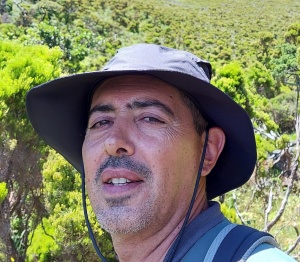Silva, L.D., Azevedo, E.B., Elias, R.B. & Silva, L. (2017) Species distribution modeling: comparison of fixed and mixed effects models using INLA.
ISPRS International Journal of Geo-Information,
6(12), 1-35. DOI:10.3390/ijgi6120391 (IF2017 1,723; Q3 Geography, Physical)
Invasive alien species are among the most important, least controlled, and least reversible of human impacts on the world’s ecosystems, with negative consequences affecting biodiversity and socioeconomic systems. Species distribution models have become a fundamental tool in assessing the potential spread of invasive species in face of their native counterparts. In this study we compared two different modeling techniques: (i) fixed effects models accounting for the effect of ecogeographical variables (EGVs); and (ii) mixed effects models including also a Gaussian random field (GRF) to model spatial correlation (Matérn covariance function). To estimate the potential distribution of Pittosporum undulatum and Morella faya (respectively, invasive and native trees), we used geo-referenced data of their distribution in Pico and São Miguel islands (Azores) and topographic, climatic and land use EGVs. Fixed effects models run with maximum likelihood or the INLA (Integrated Nested Laplace Approximation) approach provided very similar results, even when reducing the size of the presences data set. The addition of the GRF increased model adjustment (lower Deviance Information Criterion), particularly for the less abundant tree, M. faya. However, the random field parameters were clearly affected by sample size and species distribution pattern. A high degree of spatial autocorrelation was found and should be taken into account when modeling species distribution.

